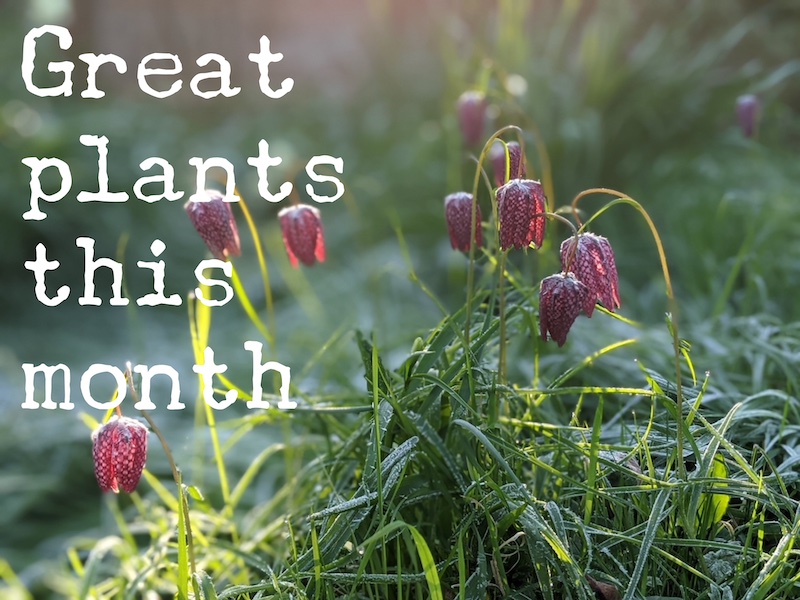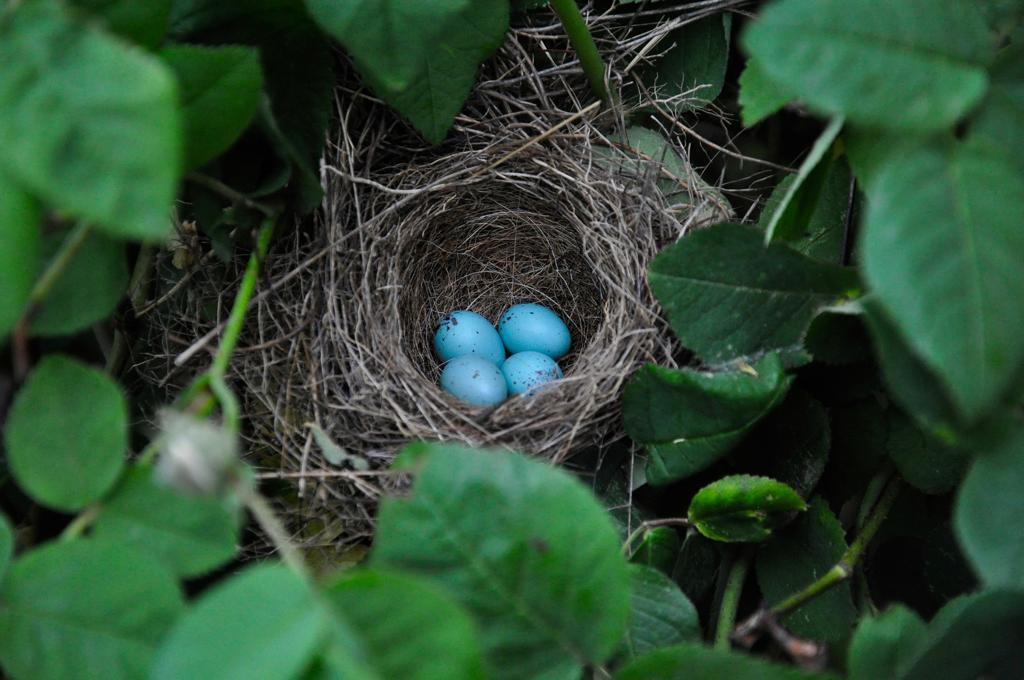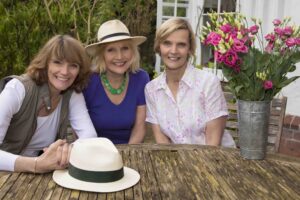
‘Gardening for Wildlife’ is a wonderful concept and one we should all be embracing, but where to start? Well, Rome wasn’t built in a day, and our advice is to focus on some simple steps to encourage particular groups to start with. So this week we 3Growbags are going to take it in turns to run through the basic rules to attract, respectively, bees, butterflies and birds to share your garden no matter how big or small it is, and you can pick and choose whose tips to follow!

First, I’m going to drone on about bees (see what I did there….), and there are some easy-peasy things you can do, to fill your garden, however small, with happy buzzing pollinators. Single flowers are much easier for them to negotiate than doubles, so consider that aspect when you are choosing your plants – single hollyhocks, foxgloves, cosmos, hellebores, poppies – all my favourite kind of cottage garden plants – how convenient!
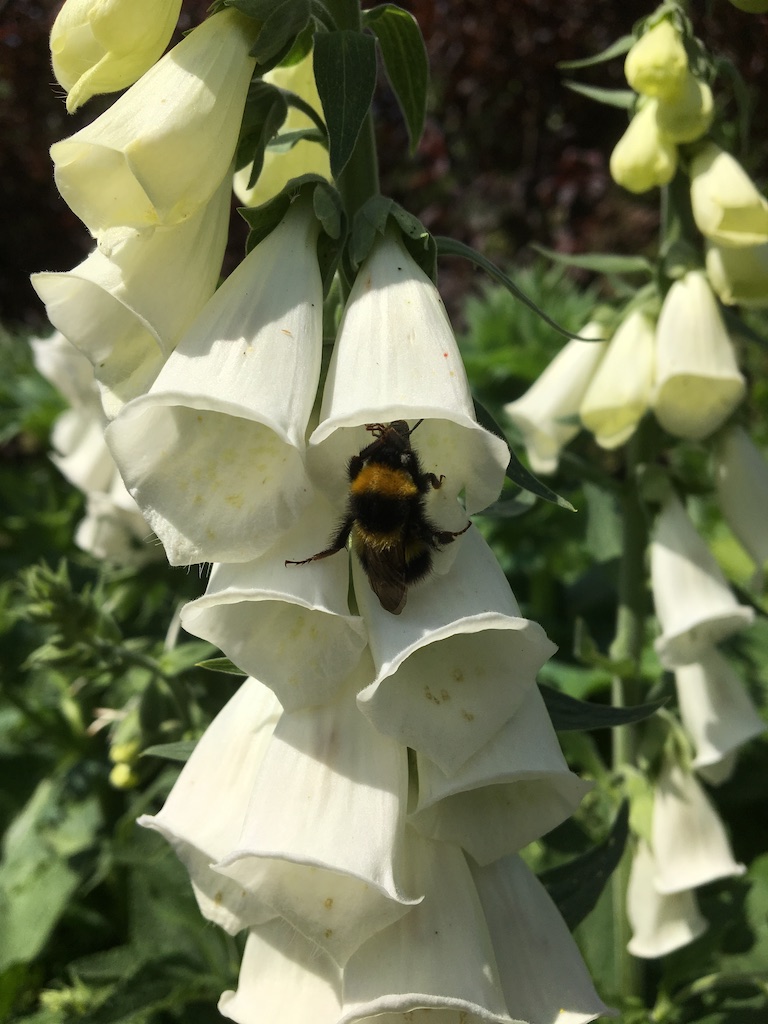
Lipped flowers like sages and rosemary are another massive hit with nectar-seekers.
Then there are the flowers that are actually composed of dozens of tiny flowers called florets. These offer an all-you-can-eat buffet for many of our precious pollinators. Zinnias, sunflowers, marigolds are all members of this enormous ‘compositae’ family and are therefore more great choices for a wildlife-friendly garden.
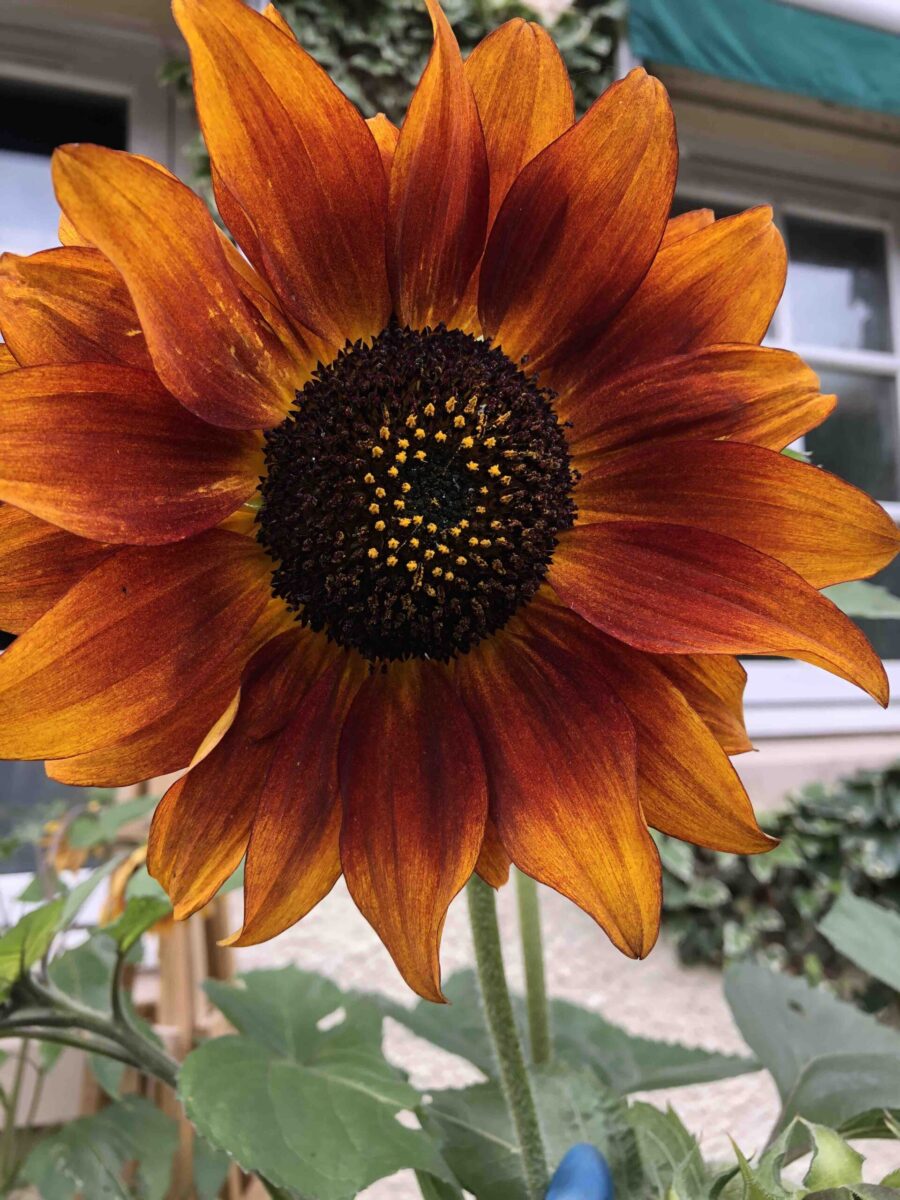
So are dandelions which are harder to love in a flowerbed, but fab for a wilder corner.
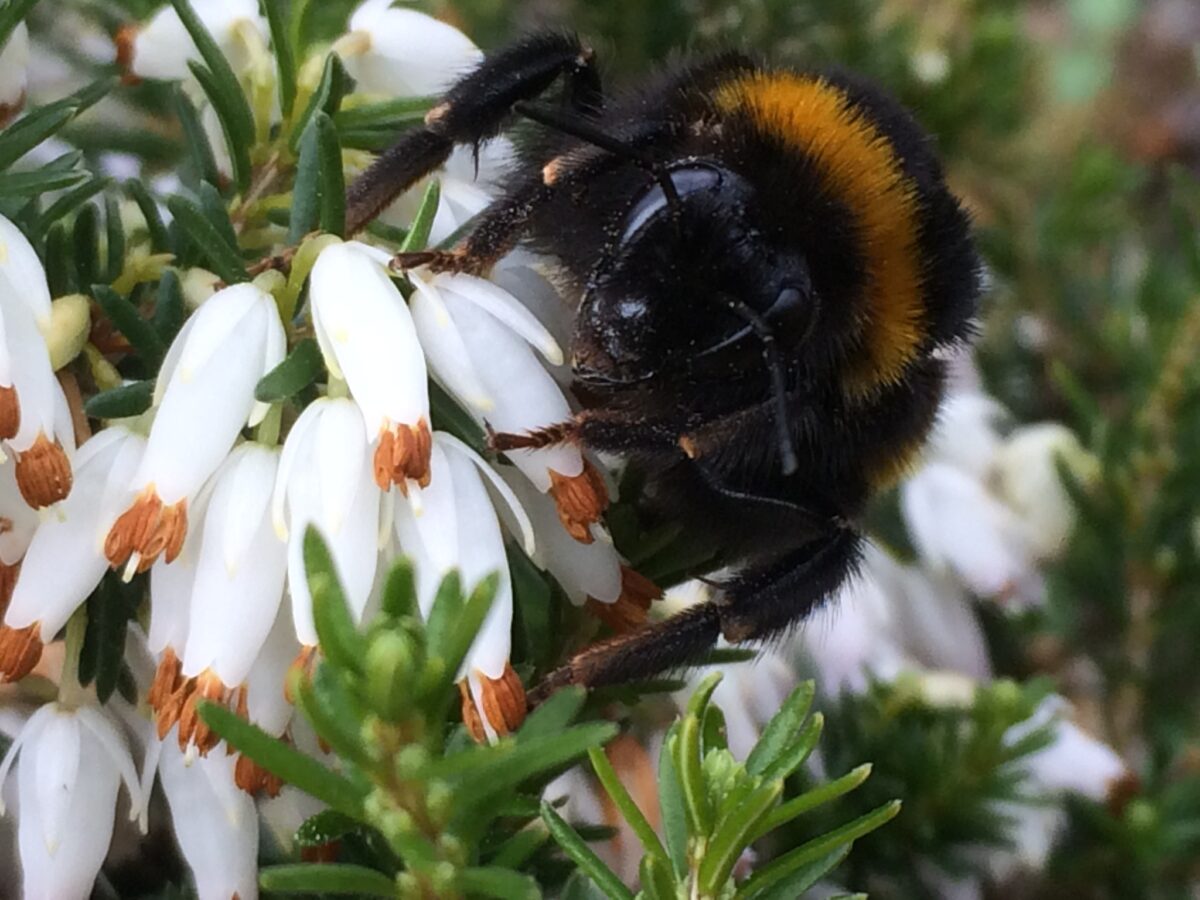
My last thought is that we should try and keep the goodies going for the bees, all the way from early spring to late autumn. So that means having heathers, snowdrops and clouds of blossom, and then on past honesty, wallflowers and lilacs and echiums, right through to the final Michaelmas daisies. The bees will love you for it.

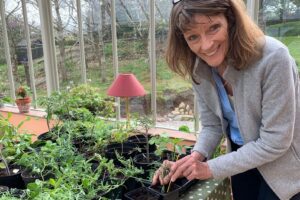
Yes, yes, without a doubt it’s easier to open your heart to the fully fledged pollinator than to the roly-poly grubs that come first in the case of butterflies and moths. However, much like 6pm and a gin & tonic, you must achieve the first before you can enjoy the second.
I agree it doesn’t help that caterpillars, which look very like supersized maggots, generally prefer to nosh on plants we’d rather not grow. For instance the offspring of red admirals, commas, peacock and small tortoiseshell butterflies adore nettles; while the larvae of skippers, marbled white, and meadow browns consider grasses (especially Dactylis glomerata – a clumpy job you wouldn’t pick for your border) to be the equivalent of ‘Tesco’s finest’.
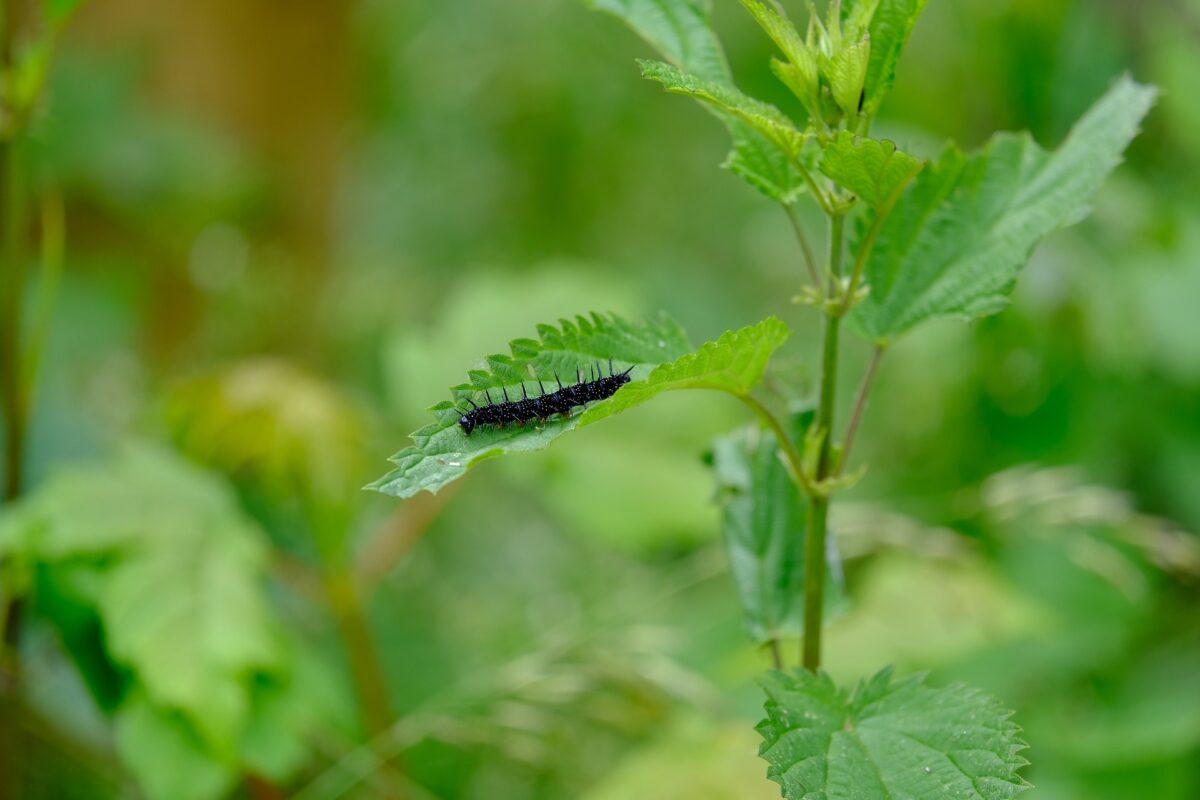
But species of butterflies are rapidly declining – so please include consideration for caterpillars in your wildlife campaign this summer.
Here’s the advice from the Butterfly Conservation charity: ‘One of the best (and easiest!) things you can do is leave an area wild. Allow a mix of native grasses to grow long and encourage common ‘weeds’, particularly docks, bramble, plantains, dandelions, nettles, bedstraws and bird’s-foot-trefoils. Restrict pesticide generally and leave some old vegetation to provide places for the caterpillars to hide, pupate or overwinter.’
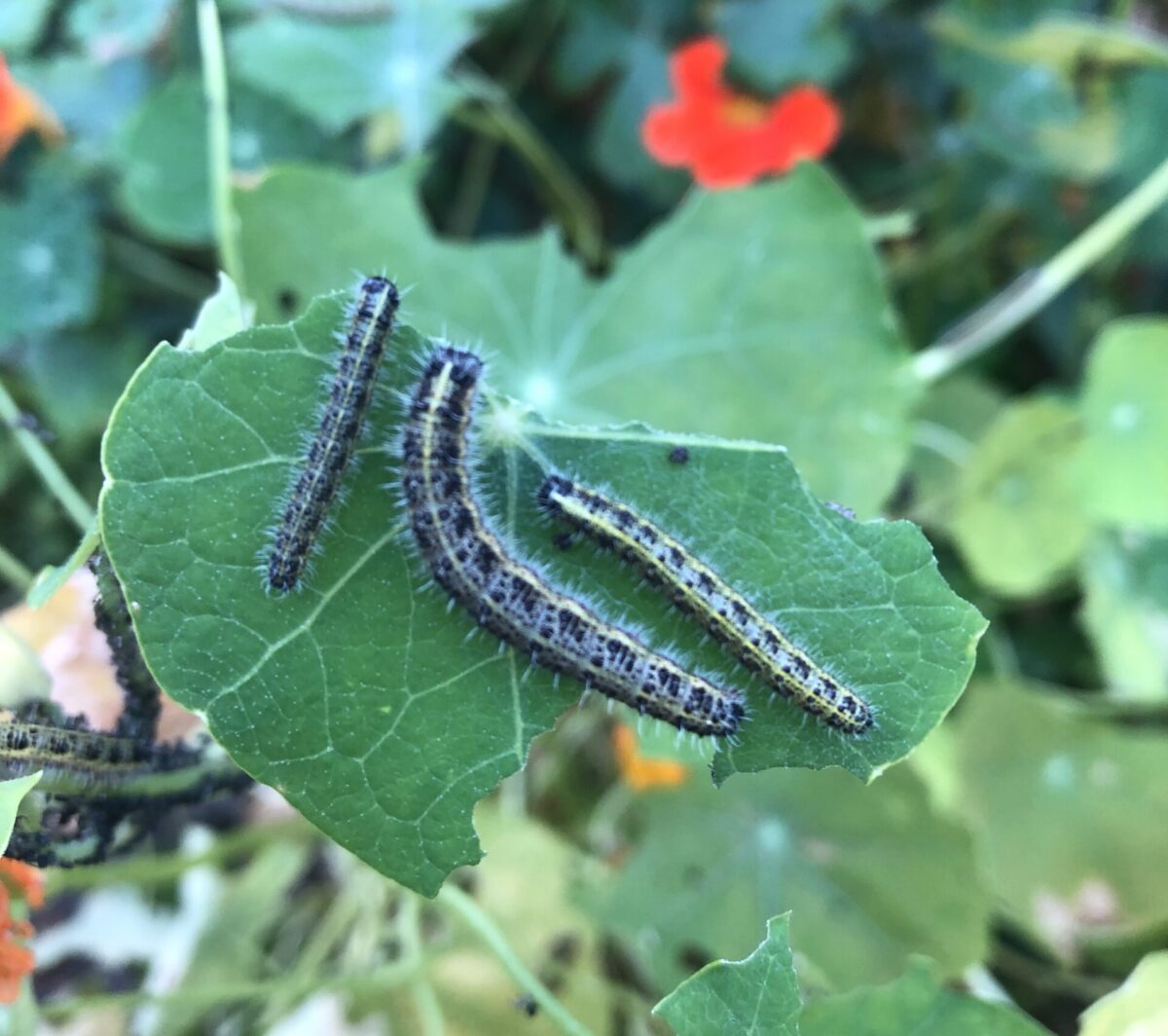
Basically my entire garden anyway. Plus, added bonus, top of the caterpillar planting-list comes my absolute favourite – nasturtiums – which are heaven for white butterfly larvae of every description. Anything to say Laura?
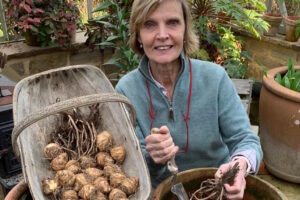
Caroline is only trying to bait me here – she knows that I consider nasturtiums to be only appropriate in a kindergarten…. but I’ll let it go this time as I (aged 66) actually also have a child-like thrill every time a bird chooses to nest and rear its young in our garden. I can get quite emotional by the discovery of a charming nest as in our feature picture this week so I can only imagine how Elaine felt when some bloomin’ great storks chose her garden in Normandy
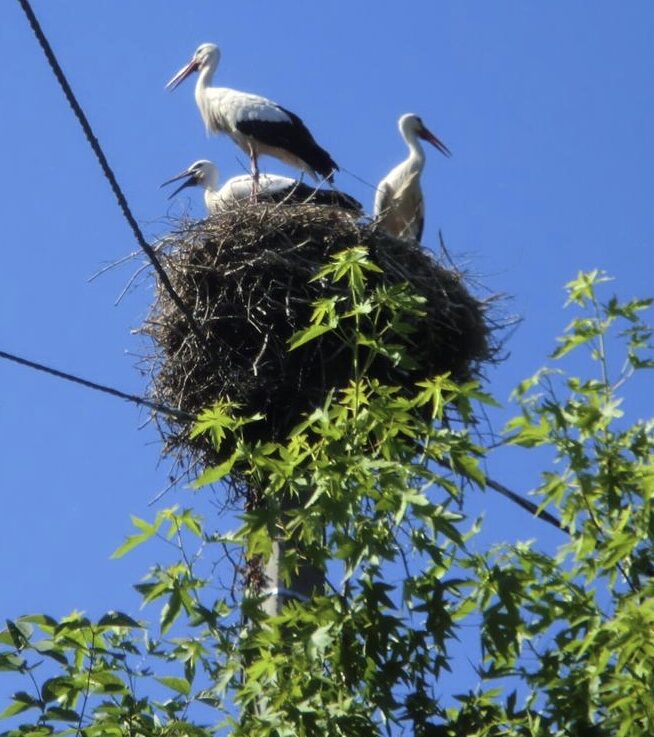
Nest boxes really work, as do dense wall climbers, especially on north or west walls that are protected from the blaze of the midday sun. You might not get quite what you expected though…
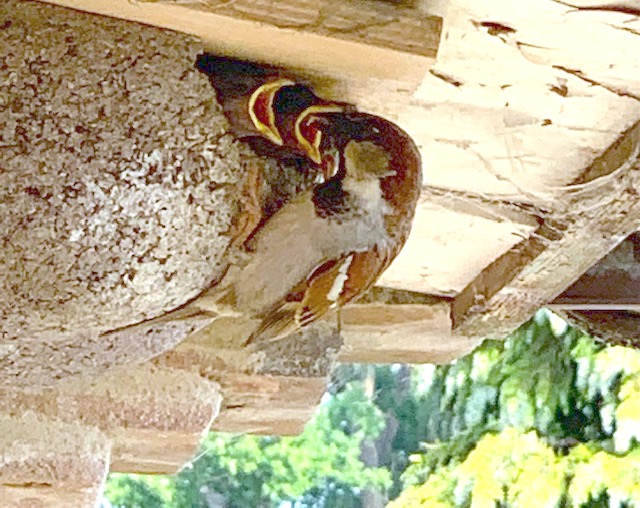
Water sources are also a great magnet, both for drinking and bathing.
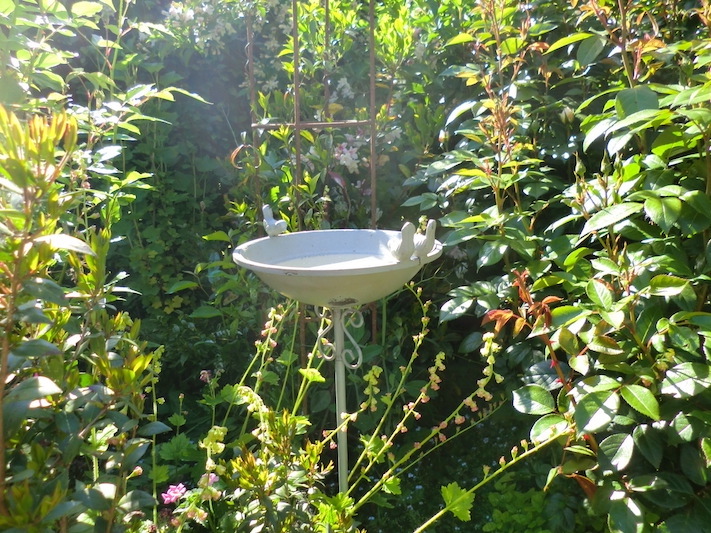
You are probably already aware that berried trees and shrubs, such as holly, rowan and cotoneaster, are good for pigeons, blackbirds and thrushes, but there is a range of garden plants such as verbascums, teasels and Miscanthus grasses that the seed-eating finches will appreciate too. In our garden, the blue tits seem to love picking the seed out of the spent flowers of Verbena bonariensis.
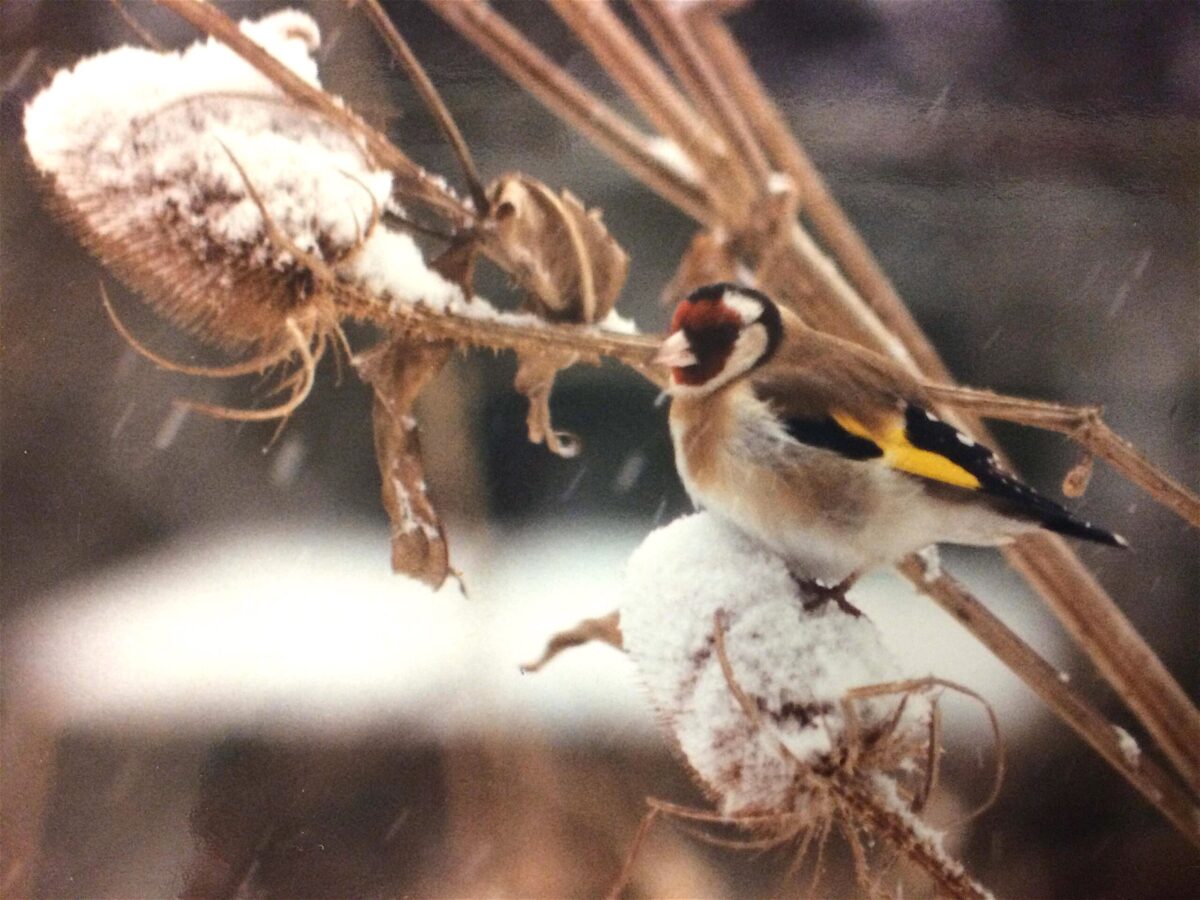
But realistically, in the short term, setting up a regular food bar is one of the best ways of making your garden bird friendly.
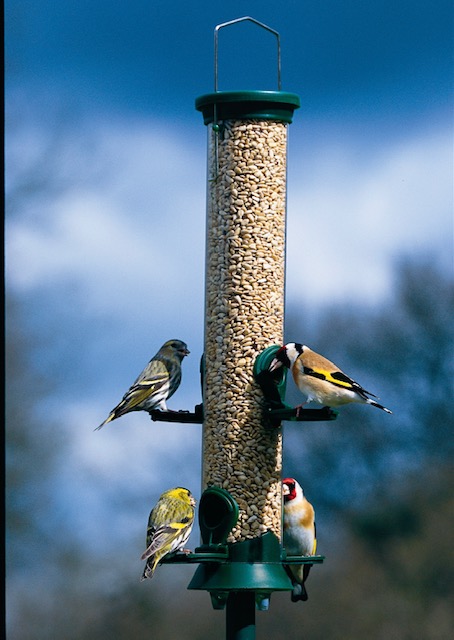
At this time of the year, when birds are getting prepped for the frantic job of feeding their newly hatched fledglings, the RSPB recommends that you switch from putting out fat balls (which melt in spring warmth and smear on beaks) and whole peanuts (which could choke young chicks if fed to them) and switch to a finer-milled, high energy bird seed such as sunflower hearts, yellow millet and pinheaded oatmeal. We’ve partnered with wildlife specialists Vivara to give you an offer on a starter pack of something suitable together with a very good bird-feeder at the end of the blog.
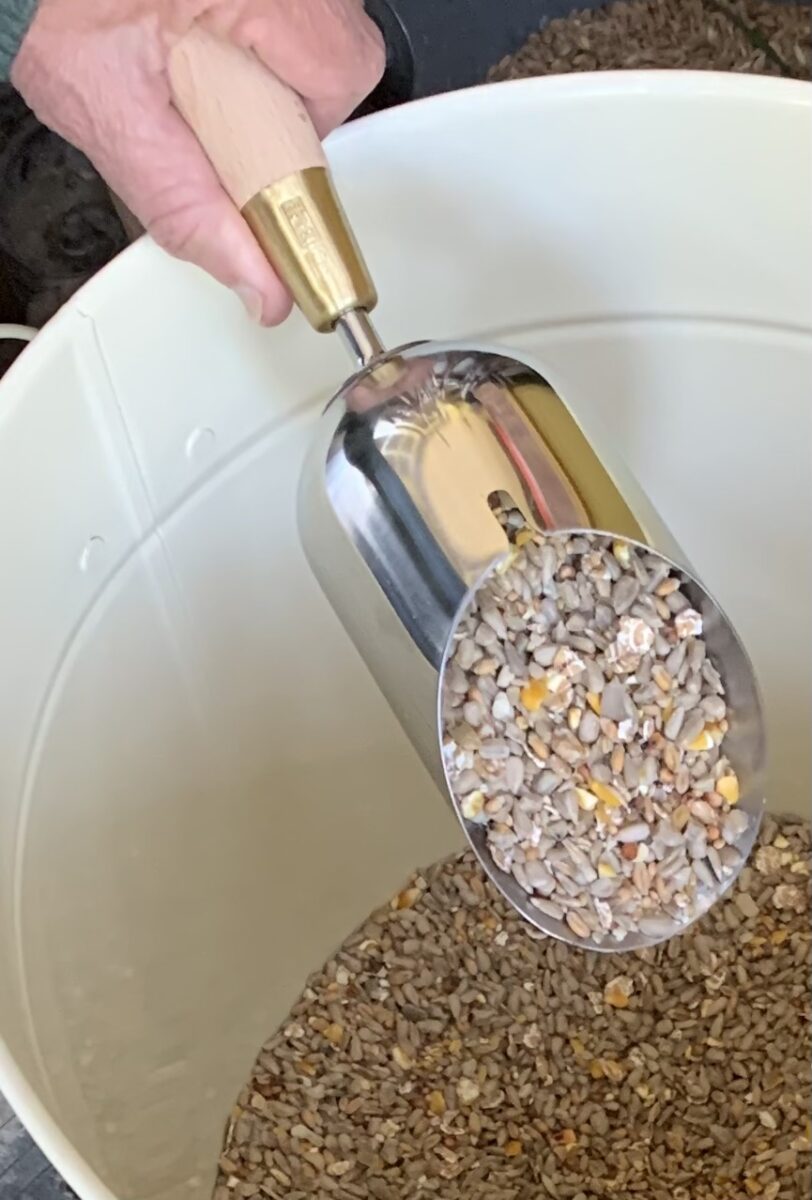
We’d love to hear how you’re planning to entice more wildlife into your garden this summer, so do add a comment or two below.
Louise’s Plant of the Moment wouldn’t look out of place in a Shakespeare production, click on the box below to find out what it is.
Vivara offer: If you pop this 4 port bird feeder into your basket along with a 2.5kg bag of Hi-Energy No Mess bird food and enter 3GROWBAGS in as a voucher code you will get a 20% discount, (excl delivery) meaning the two items will cost £18.72 instead of £23.40. This offer is open until 30 June.
And here is that lovely Sophie Conrad compost scoop
NB Laura has been a hit a Facebook this week with her tour of Arundel Castle Tulip Festival this week with Head Gardener Martin Duncan, take the tour with her here
More NB If you’re not already a subscriber and you’d like a bit more gardening chitchat from the3growbags, please type your email address here and we’ll send you a new post every Saturday morning.
